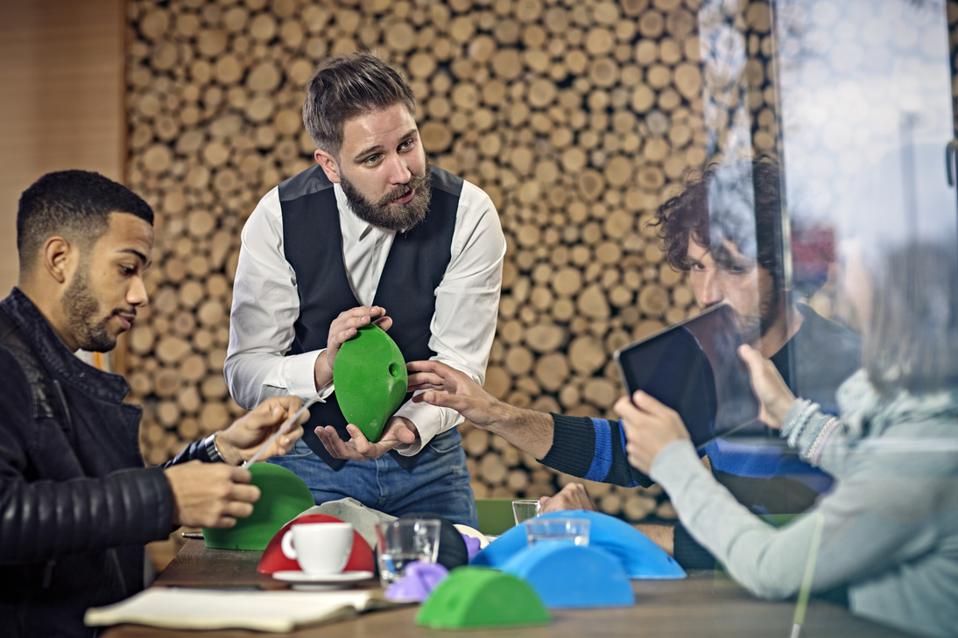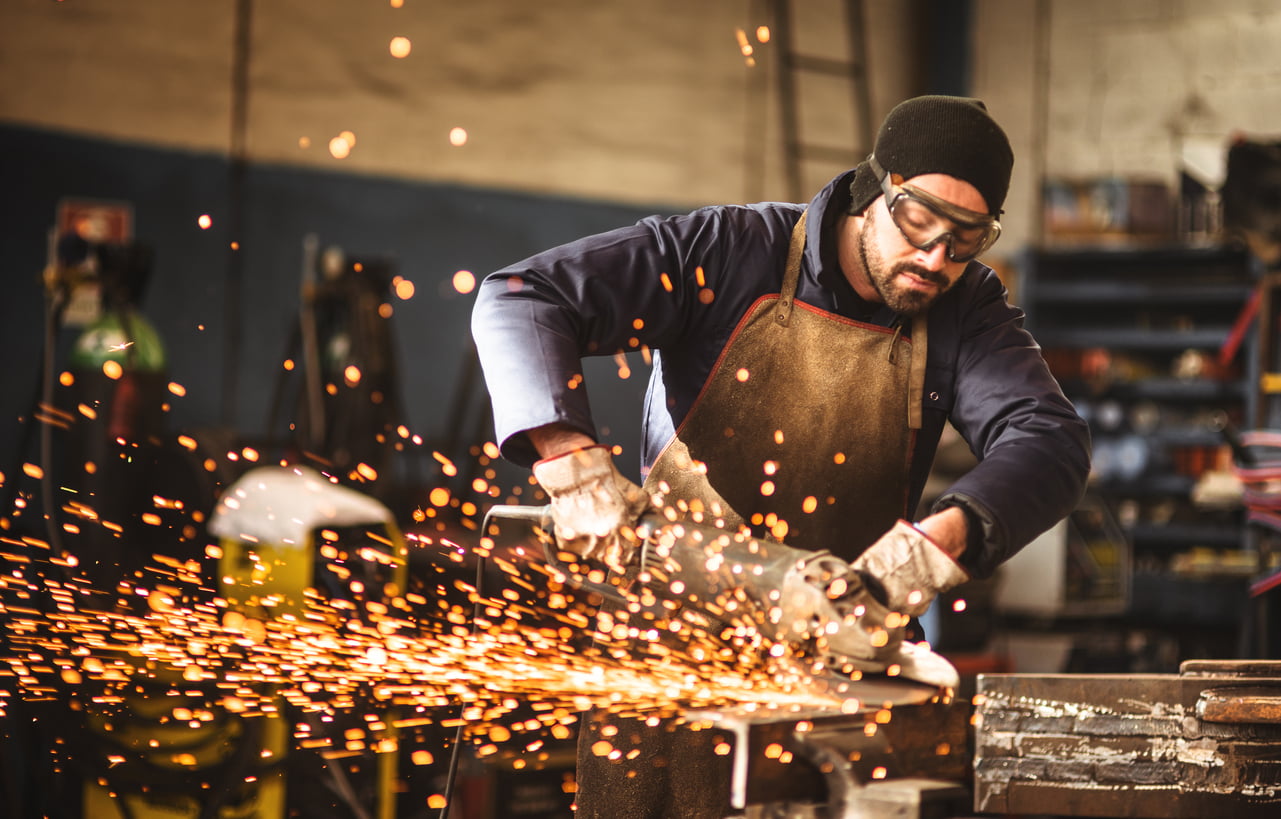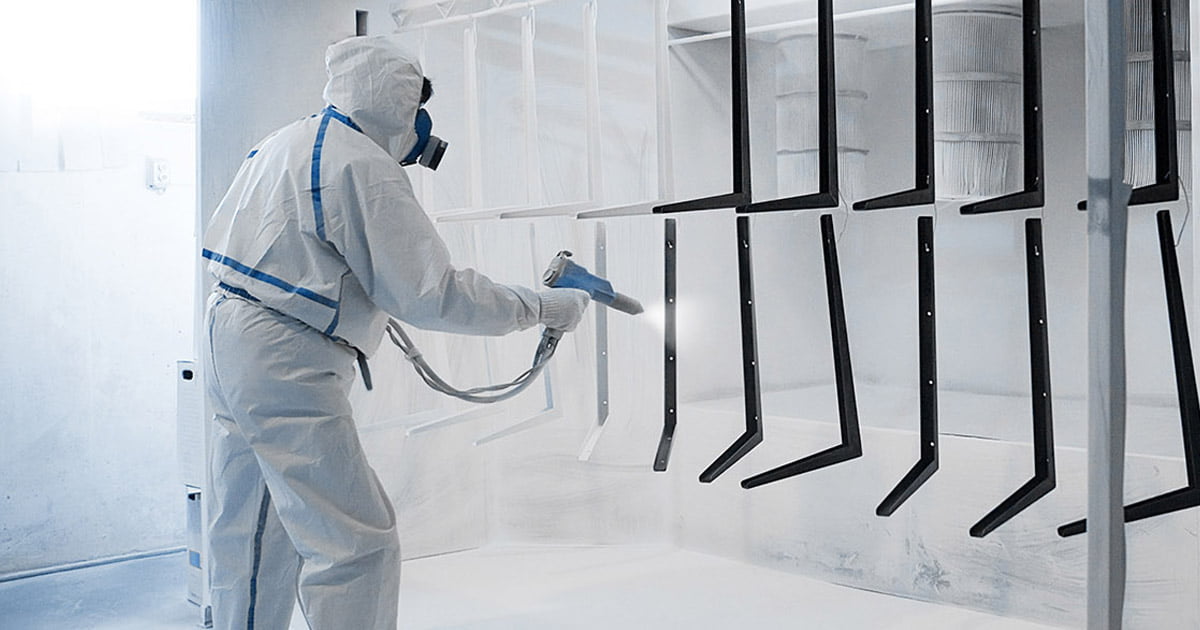Utilizing prototypes in physical product development is the key part of the product development process. Strategic, quality and methodical prototyping is the primary differentiator between a high-quality, successful product and a flop.
Prototypes are used to build, test, refine, finance, market and sell a new physical consumer product — and all of those elements are vitally important. To ensure a successful new invention launch for a product startup, prototyping must be done in the correct order and the right way, especially given the importance of user reviews today.
1. Home-Built Prototype: This is a crude first physical version of a new product. This type of prototype is usually roughed together by the inventor. It is generally built with materials from stores and/or pieces from other products.
Pro Tip: This is a good way for an inventor to help conceptualize the product if they are not yet clear on how it will work or what their vision for the invention is. This is also by far the cheapest prototyping method, so if time is not critical, it is worth spending a little effort hacking something together to help think through the idea — even if you’re just borrowing some Legos from your kid!
2. Early Prototype: This is a rough prototype that is built from a simple or non-professional CAD (computer-aided design) model. This can be made by an inventor who learned some CAD basics or who got help from a junior CAD designer.
Pro Tip: Although this stage may feel like progress is being made, it is usually not the most efficient use of both time and money (and both elements can be critical for a hardware startup). Generally, the prototype here won’t be useful or relevant for any formal product engineering or marketing, nor will help much in the development of the CAD design, as great CAD needs to be designed from the ground up, not patched over a rough CAD foundation.
3. Rough Professional Prototype: This is a rough prototype that is built from professionally designed three-dimensional (3D) CAD. It is generally built using 3D printing or other relatively cheap, quick, but professional prototype methods. The goal here is to build the first quasi-functional prototype.
Pro Tip: This prototype is critical and is not to be confused with the early prototype above (which is not critical). A rough professional prototype works to flush out the mechanical engineering challenges and opportunities. This prototype is built from professional industrial design and mechanical engineering CAD files from seasoned experts. Essentially this prototype is a relatively inexpensive way for engineers to test and refine the difficult or experimental parts of an invention. If this step is skipped, it will be far more expensive down the development road.




